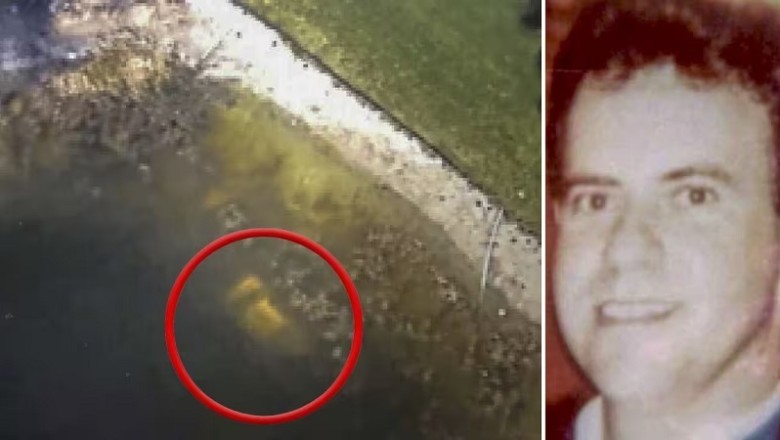
A Man from Florida Used Google Earth to Solve a 22-Year-Old Mystery
A Discovery in His Old Neighborhood
An unexpected discovery via Google Earth: A real estate expert explores his old neighborhood in Florida using Google Earth and notices something unusual. When he zooms in on an image behind a house, he sees an anomaly in the satellite image. His curiosity is piqued, and he focuses on that area, wondering what it could be.
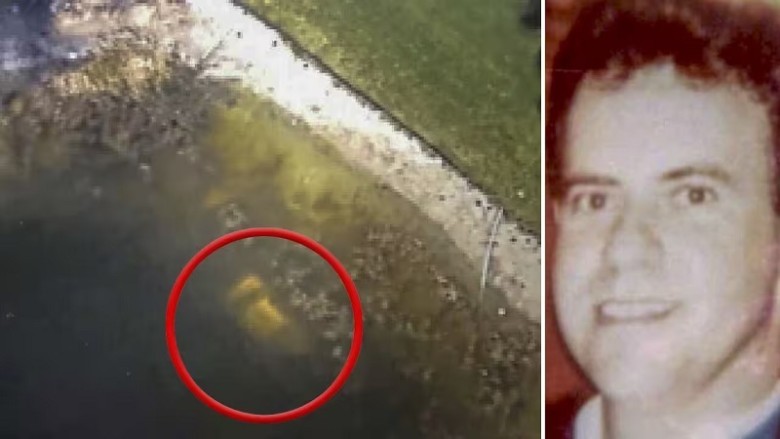
Surprising find on Google Earth: While exploring his old neighborhood in Florida, a man notices something strange: a shape in a lake that looks oddly like a sunken car. This unexpected sight through the lens of satellite imagery sparked his curiosity and led to further investigation.
The Beginning of the Investigation
Confirmation of a suspicious image: The man analyzes a blurry image on Google Earth but can't be sure of what he sees. Recognizing the limitations of satellite images, he considers how to verify his suspicions and looks for a way to better understand what the image represents.
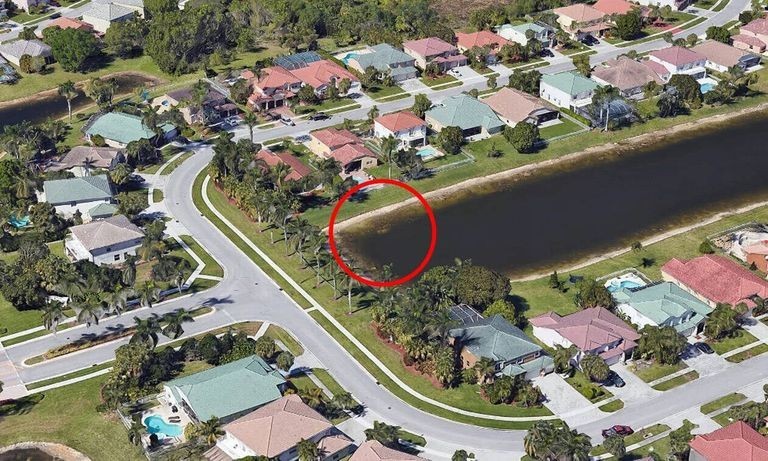
Contacting the Ex-Wife: The man immediately reaches out to his ex-wife, who still lives at their former address. Following their conversation, the ex-wife informs the neighbor, Barry Fay, about the strange discovery, as reported by the Palm Beach County Sheriff’s Office.
A Closer Look
Involving Local Resident Fay: Barry Fay, a local resident, confirms that the Google Earth images suggest the presence of a vehicle in a lake behind his house. In September 2019, he speaks with The Palm Beach Post about his decision to investigate the matter himself, fascinated by the possibilities of this discovery.
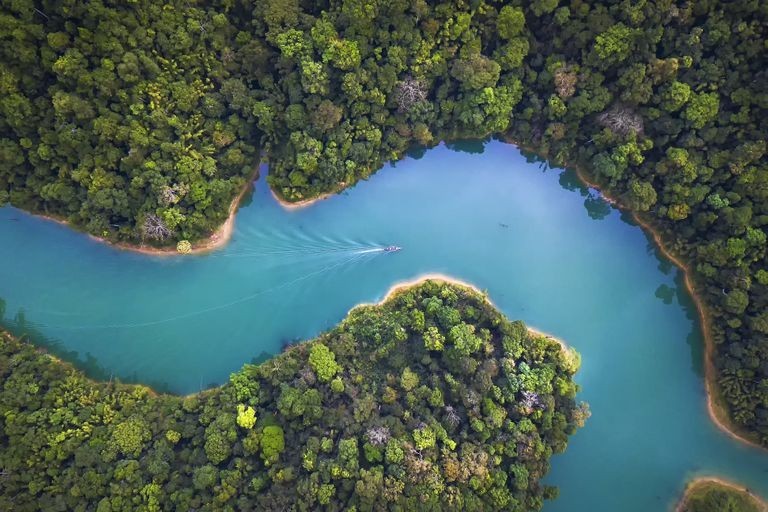
Initial Doubts from Fay: Although he had lived in the house for more than a year, Fay initially found nothing unusual in the lake. This lack of evidence did not deter him, and he remained intrigued by the possibility of a submerged vehicle.
The Use of a Drone
Investigation with a Drone: Fay tells The Palm Beach Post that he had never noticed anything unusual despite the low water levels. He decides to deepen the investigation by contacting a neighbor with a camera drone, hoping that this technology could help unveil the mystery.

Revelation through the Drone: In an effort to uncover the truth, Fay and his curious neighbor flew a drone over the lake. The drone's camera provided a clear view and confirmed the presence of a car in the murky waters, a surprising and fascinating revelation.
Involving the Police
Contacting Authorities: After exhausting all investigation options, Fay and the neighbor realize they need professional help. Fay immediately contacts the local sheriff's office, which arrives at the scene around 6:40 PM, ready to investigate the mystery that has arisen in their community.

Police Investigation: The police arrive and spend six hours investigating the area. Fay describes how his backyard was cordoned off with crime scene tape. The discovery transformed from a simple observation into a potential crime scene.
The First Lead
Recovery of the Vehicle by Police: The police worked late into the night and managed to retrieve the vehicle from the water just after midnight. Upon examination, they noted signs of calcification on the car, indicating it had been underwater for a long time, deepening the mystery of its origins and how it ended up there.

Age of the Car: The vehicle, a white Saturn SL, is 25 years old. This piece of information is a significant clue that links the car to an unsolved case from 22 years ago, adding a layer of mystery and historical significance to the find.
Missing Without a Trace
Ongoing Curiosity from Fay: The next morning, Fay wakes up to find that the police and the car have been removed. His curiosity does not wane; he goes to a nearby aunt, hoping she might clarify something about the mysterious car in the lake.

Neighbors' Unawareness: When Fay questions his aunt and the former homeowner about the car, no one has definitive information. Fay tells The Palm Beach Post about the uncertainty of the previous owner, which initially led him to underestimate the significance of the vehicle.
Police Intervention
Discovery of Human Remains: Unbeknownst to Fay, authorities made a macabre discovery in the Saturn: human skeletal remains. In a remarkable turn of events, these remains were later identified by the coroner as belonging to William Moldt, a man who had been missing for more than two decades.
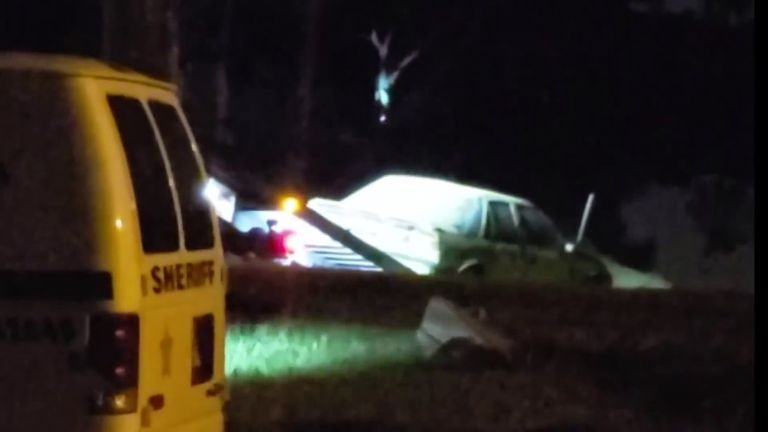
Moldt's Mysterious Disappearance: The Palm Beach County Sheriff's Office reported that William Moldt, a mortgage broker, vanished after visiting a nightclub in 1997. This cold case, inactive for decades, was unexpectedly reopened due to the discovery of the sunken vehicle.
The Night of the Incident
Fay's Reaction to the Discovery: Fay later expressed disbelief to the media, stating, "I would have never thought there would be a 22-year-old dead body [in the car]." Moldt, who was 40 at the time of his disappearance in 1997, was last seen at an adult nightclub on November 7, according to a missing persons report.
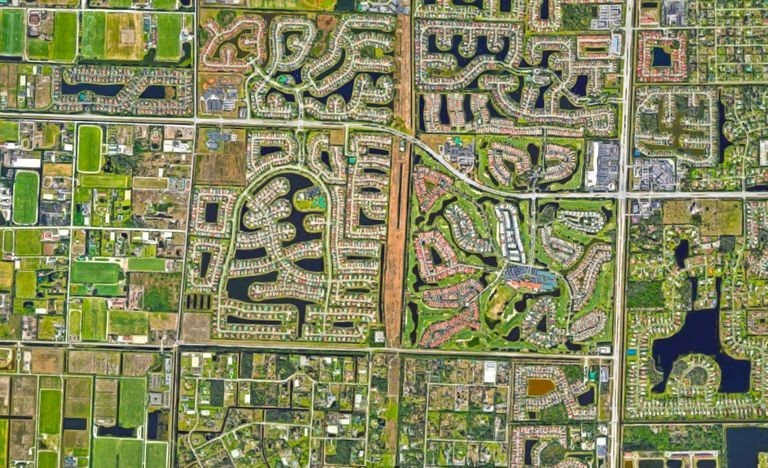
Uncertainties Surrounding Moldt's Night: The details of Moldt's visit to the "Adult Night Club" remain unclear, including whether he had been drinking. Witnesses reported that Moldt did not appear drunk when he left the club, adding another layer of mystery to his disappearance.
Details of the Missing Persons Report
The report states that Moldt called his girlfriend at 9:30 PM, saying he would be home soon, but he was never seen again. His disappearance occurred after he apparently left the bar before midnight, leading to years of uncertainty and unanswered questions.

At the time of Moldt's disappearance, the police conducted an investigation but found no clues. They considered the possibility of a car accident, but, as a police spokesperson told the BBC in 2019, there was no evidence to support that theory.
It Was Undoubtedly Moldt
The missing persons report provides specific details about Moldt's appearance: approximately 6 feet tall, weighing around 225 pounds, with sandy-colored hair and brown eyes. These details were crucial for identifying the remains found in the sunken vehicle years later.
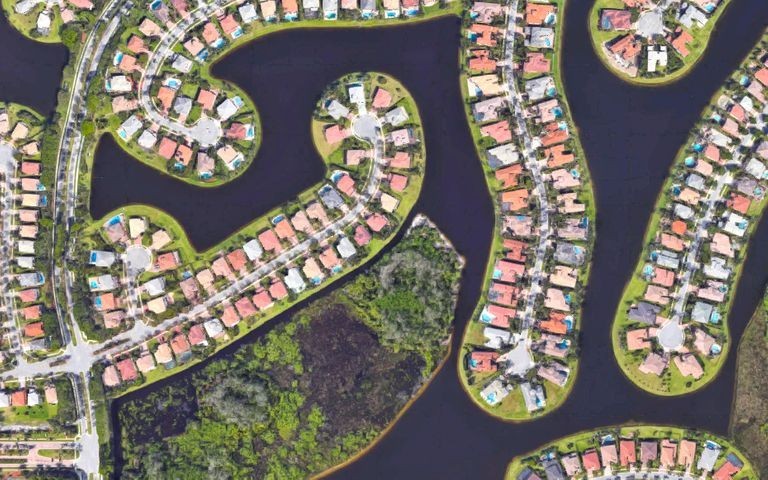
Moldt was described as wearing gray pants, a white-striped shirt, a tie, dress shoes, a green watch, and a prominent size 13 gold ring. Despite these details, the case remained open and unsolved for over two decades.
Shedding New Light on the Case
Reports indicate that there were construction activities ongoing in the Wellington neighborhood, FL, at the time of Moldt's disappearance. These developments were part of the Grand Isles’ Sausalito residential project and raise questions about how the car ended up in the lake amidst the construction activities.
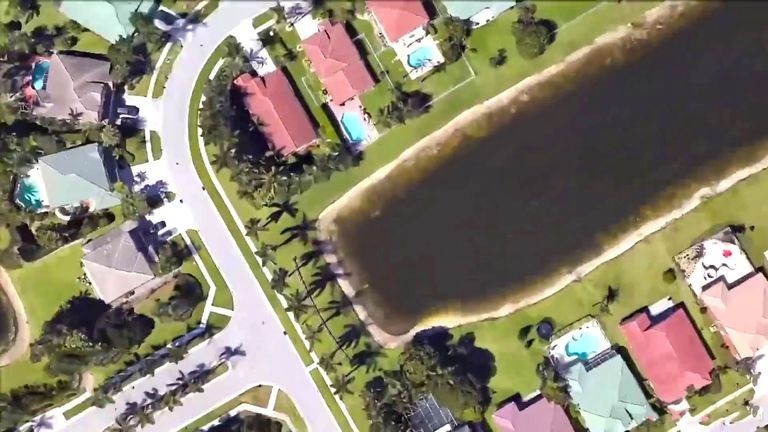
Today, the retention pond where the car was found is surrounded by a security barrier and enclosed by houses to prevent accidents. These safety measures were not in place in 1997, highlighting changes in the area's infrastructure over the years.
How Could It Go Undetected?
The fact that the car remained undiscovered until 2019, despite the presence of residents in the area since Moldt's disappearance and the existence of Google Earth since 2005, adds to the mystery. It seems unlikely that such a significant object could remain unseen for such a long time.
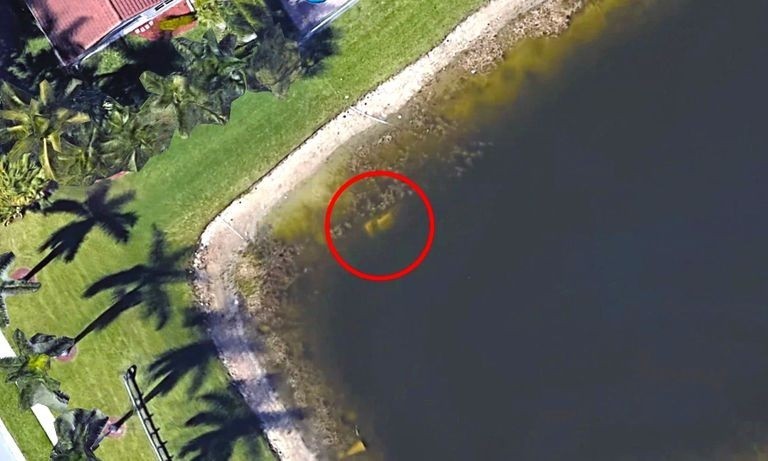
The Charley Project, a website specialized in missing persons cases, expressed surprise that the vehicle had been visible on Google Earth since 2007, yet no one had noticed it until recently.
A Change in the Water
Science Alert investigated this mystery and found that the visibility of the car on Google Earth was not guaranteed. The website discovered that the vehicle had only become visible in satellite images since 2017, suggesting that ongoing updates to Google Earth may have played a pivotal role in making the car finally visible. This revelation adds a layer of complexity to the case and demonstrates how technological advancements can unexpectedly aid in solving long-standing mysteries.
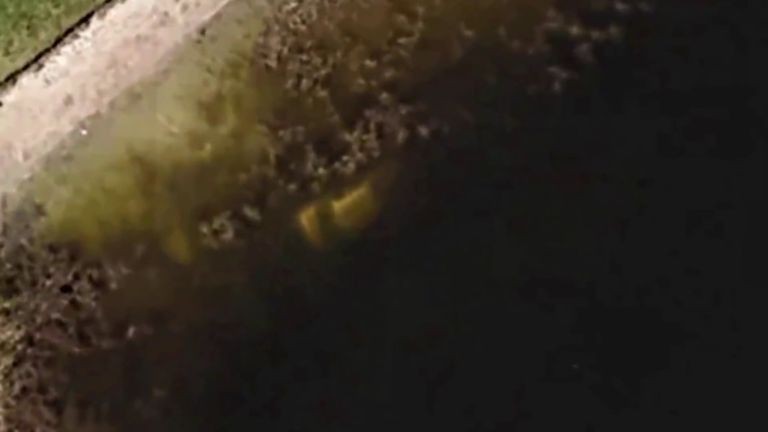
Initially, the images on Google Earth were too blurry to clearly identify the sunken vehicle. However, a change in water conditions eventually revealed the car, as explained by police spokesperson Therese Barbera to the BBC.
A Remaining Puzzle
The discovery of William Moldt's body in a submerged car raises more questions than it answers. As Teri Barbera, a spokesperson for the Palm Beach County Sheriff's Office, explained, it's impossible to determine exactly what happened all those years ago. The only known fact is Moldt's sudden disappearance, which remained a mystery until this unexpected discovery.
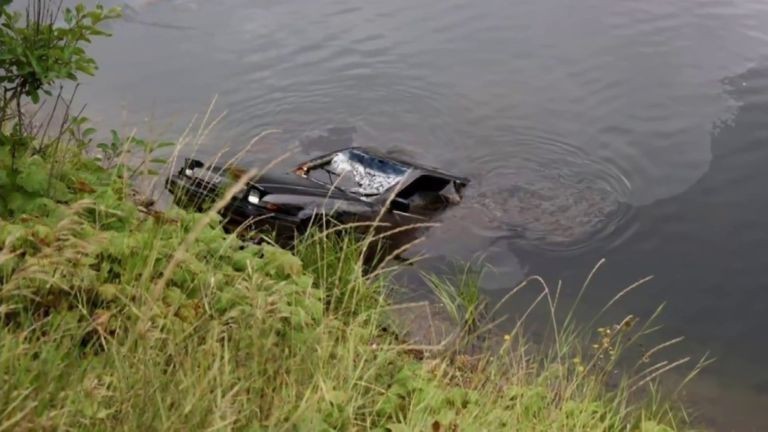
This episode highlights how ordinary people can make significant discoveries with tools like Google Earth. The experience of the Florida man shows that exploration and discovery are now accessible to anyone with an internet connection, not just professional archaeologists.
A Mysterious Mountain
In 2005, a team from the Royal Botanic Gardens in Kew, London, made a surprising discovery using Google Earth: Mount Mabu in Mozambique, which had not been previously documented. Standing over 5,600 feet tall, Mount Mabu had eluded the attention of scientists and researchers until that point, showcasing Google Earth's potential for geographical discovery.
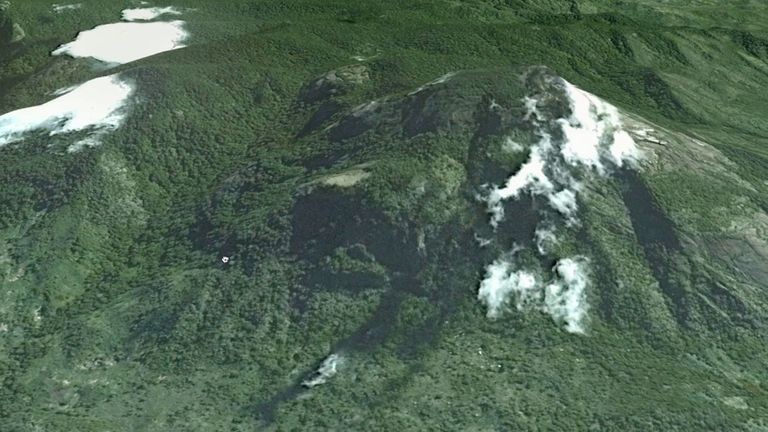
The mountain revealed by Google Earth is believed to harbor what could be the largest mid-elevation tropical forest in Southern Africa. This exceptional ecosystem remained unknown to scientists and almost everyone else prior to this discovery, highlighting the hidden natural treasures of the planet.
Hidden in Plain Sight
Little disturbed by human activity and known only to locals, Mount Mabu was an intact ecological wonderland. Its seclusion behind the savanna protected it from external ecological impact, making it a unique refuge for biodiversity.
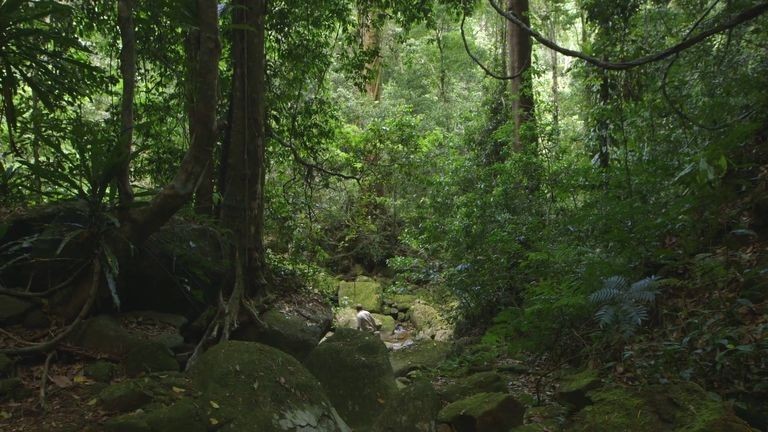
Conservation biologist Julian Bayliss discovered this mountain while searching for unexplored biodiversity hotspots in Africa using Google Earth. This discovery marked a significant milestone, offering a new, unexplored haven for biodiversity.
A Barn Full of Discoveries
In 2008, a 28-member research team led by Jonathan Timberlake set out to explore Mount Mabu. Timberlake expressed his admiration for the "phenomenal diversity" of the region in a press release, emphasizing the importance of the discovery for biodiversity research.
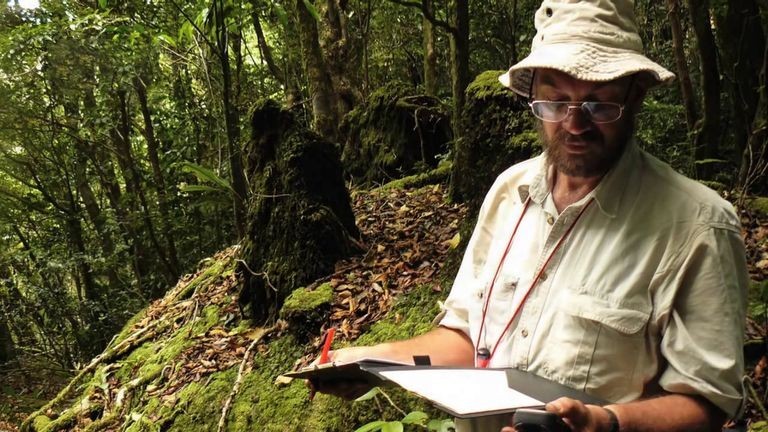
“We are still discovering key areas for biodiversity around the world,” Bayliss remarked. The expedition resulted in the collection of over 500 plant samples, including several new species, highlighting the infinite uncharted natural diversity.
"That’s Something Phenomenal"
The exploration of Mount Mabu led to the identification of several new species, including the tropical parasitic plant Helixanthera schizocalyx as well as various snakes, butterflies, and crabs. This exploration, sparked by a curious look at Google Earth, revealed a treasure trove of undiscovered life.
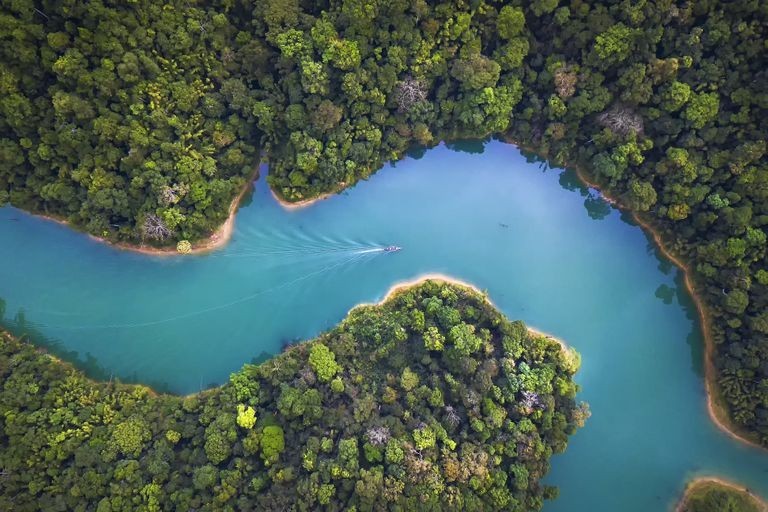
Jonathan Timberlake, leader of the Mabu Mountain expedition, expressed his fascination with the ecological adaptations. He stressed the importance of wonder and excitement in exploring the natural world and uncovering its complexities.
The Cradle of Humankind in South Africa
In 2007, Professor Lee Berger from the University of the Witwatersrand in Johannesburg used Google Earth to locate cave and fossil sites.
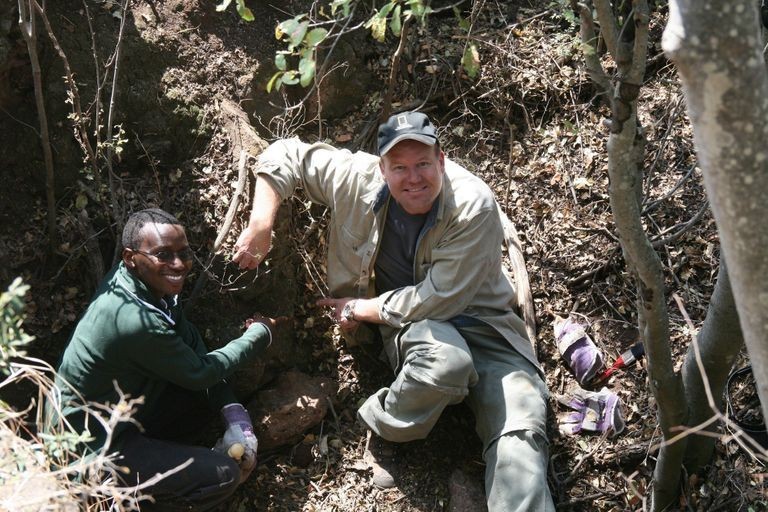
Professor Lee Berger unearthed unexplored caves in the "Cradle of Humankind" in South Africa, a UNESCO World Heritage site rich in hominid fossils. This area has provided approximately 40% of known human ancestor fossils, making it a significant archaeological site.
Millions of Years Old Skeletons
The new cave sites identified by Berger revealed two partial skeletons dated to be at least 1.78 million years old. These ancient remains, discovered thanks to Google Earth, provided valuable insights into human evolution and prehistoric life.
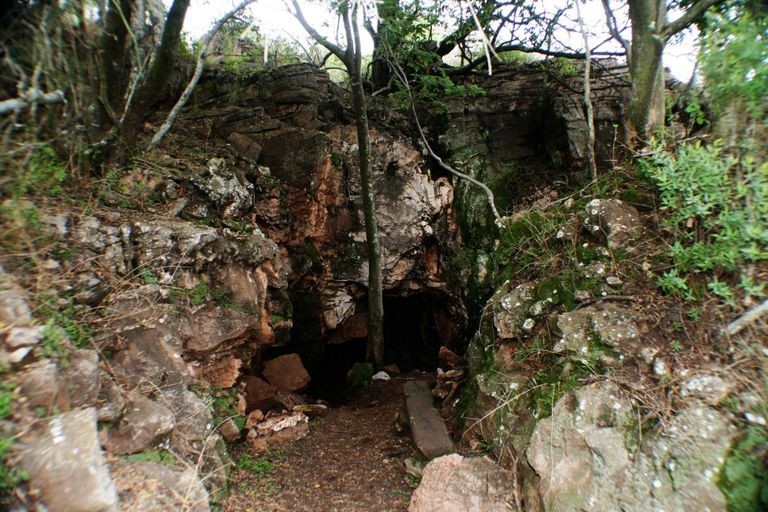
The caves explored by Berger contained what are considered to be the most complete hominid skeletons ever found. These remains, classified as a new species—Australopithecus sediba—are regarded as a likely ancestor of modern humans.
A 1,000-Year-Old Structure
Google Earth proved invaluable in supplementing other discovery methods. In 2009, an unusual shape observed by a pilot in a riverbed in Wales was later clarified using Google Earth, leading to a fascinating discovery.
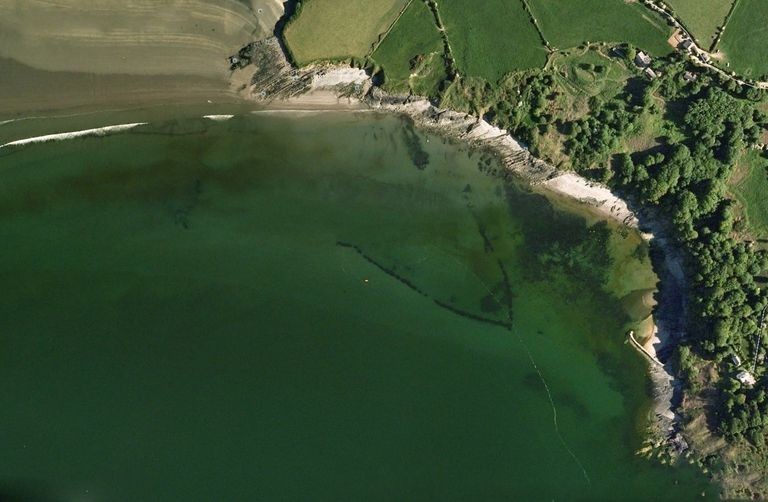
Following a pilot's discovery in Wales, archaeologists utilized Google Earth for further research. They identified a V-shaped rock formation in the estuary of the Teifi River, revealing an ancient structure that had gone unnoticed for over a millennium.
A Millennia-Old Fishing Device
The structure identified in the riverbed in Wales was recognized by Google Earth as an ancient fishing tool, possibly over a thousand years old. Dr. Ziggy Otto from Pembrokeshire College explained its significance to The Telegraph, noting how it transformed into a coral reef that enhances local biodiversity.
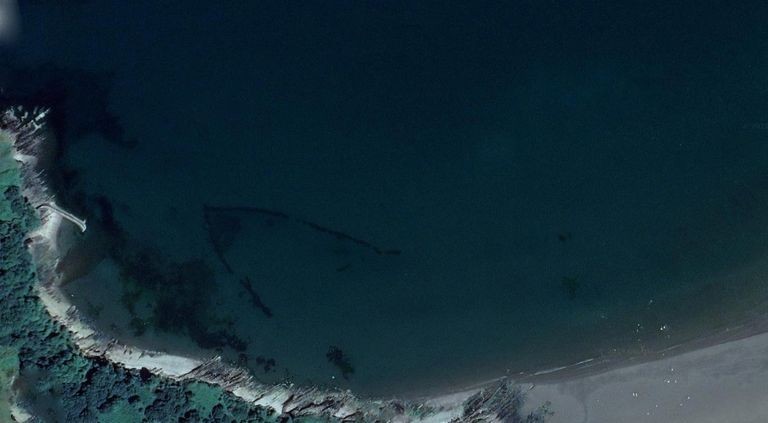
The unusual rock formation, likely a fish trap, could be over 1,000 years old. Its position below the tide line suggests it dates back to a time when sea levels were lower, highlighting the changes in the landscape and sea levels over the centuries.
Evolving Over the Years
The ancient structure was designed to catch fish in the estuary, keeping them trapped during low tide for the fishermen. Over the centuries, this human artifact evolved into a natural barrier, demonstrating how human interventions can be integrated into and enrich natural ecosystems.

Marine biologist Jen Jones confirmed that the ancient fish trap has transformed into a naturally functioning coral barrier, contributing to the biodiversity of Cardigan Bay's special conservation area. This metamorphosis from an artificial structure to a natural habitat illustrates the dynamic relationship between human activity and the natural environment.
Seeing Things Never Seen Before
A fascinating discovery in Taal Lake in the Philippines revealed one of only two known examples of third-order islands in the world. This peculiar geographical feature, visible through Google Earth, adds to the portfolio of unique discoveries the platform offers.
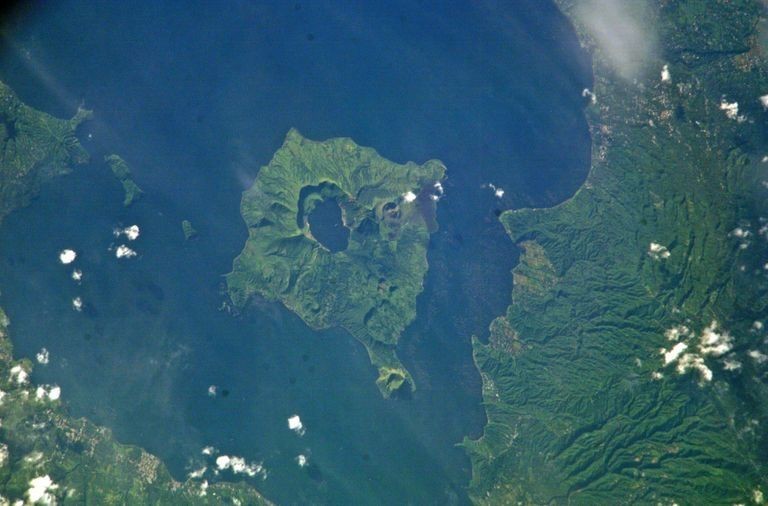
Taal Lake in the Philippines features a rare geographical phenomenon: an island within a lake on another island, which itself is situated within another lake on a larger island. This third-order island is a unique and intriguing natural formation.
See It for Yourself
The phenomenon of third-order islands was further highlighted when Ken Jennings, a Jeopardy! veteran, found another example in Canada in 2012. This larger island, identified through satellite imagery, underscores the role of technology in uncovering rare geographical formations.
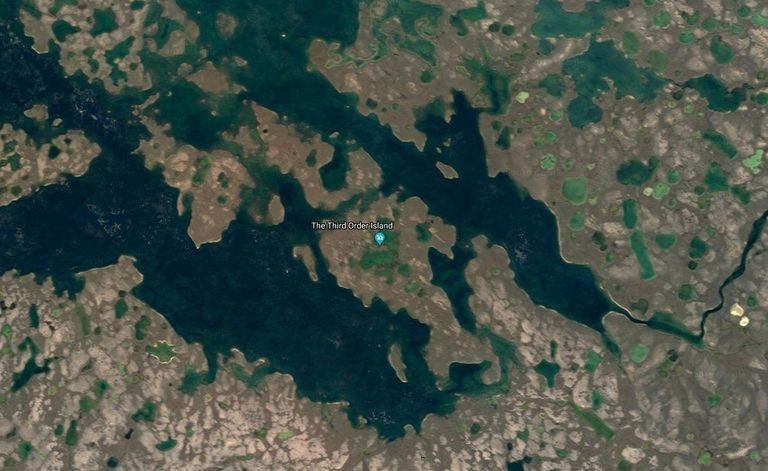
To see yet another third-order island, one must navigate to specific coordinates in Canada. These unusual geographical features, easily overlooked, raise fascinating questions about the world's hidden natural wonders.
Strange Visions
In 2012, Angela Micol identified anomalies in a satellite photo of Egypt, suggesting the presence of undiscovered pyramids. However, as Live Science reported, the socioeconomic conditions in Egypt complicated archaeological efforts to confirm this intriguing theory.
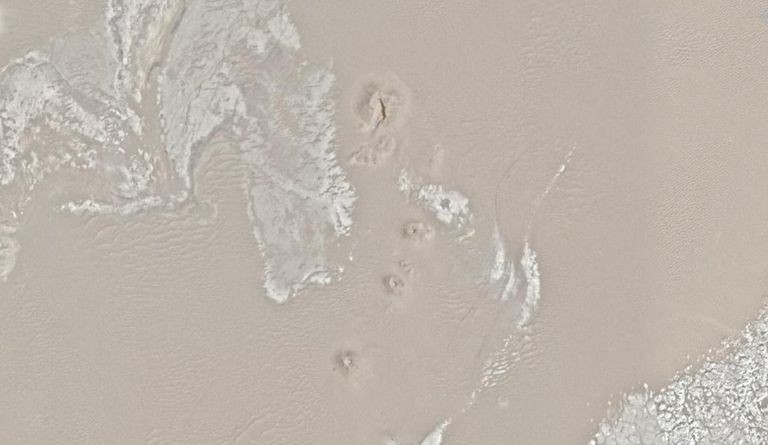
Google Earth reveals various curiosities and invites exploration and curiosity. For instance, specific coordinates in Iraq unveil a peculiar formation, prompting users to explore and interpret these strange appearances.










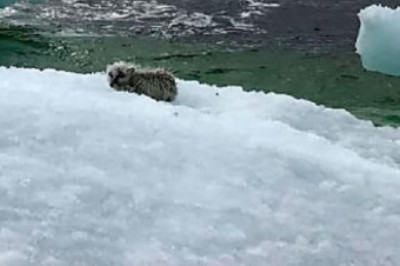



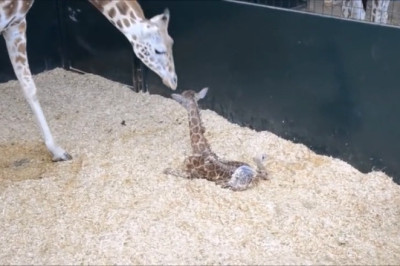




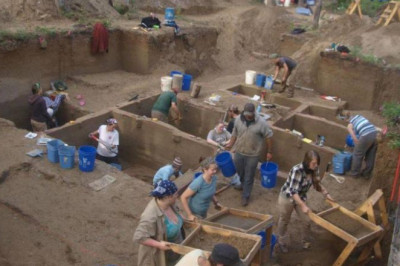
Comments
0 comment